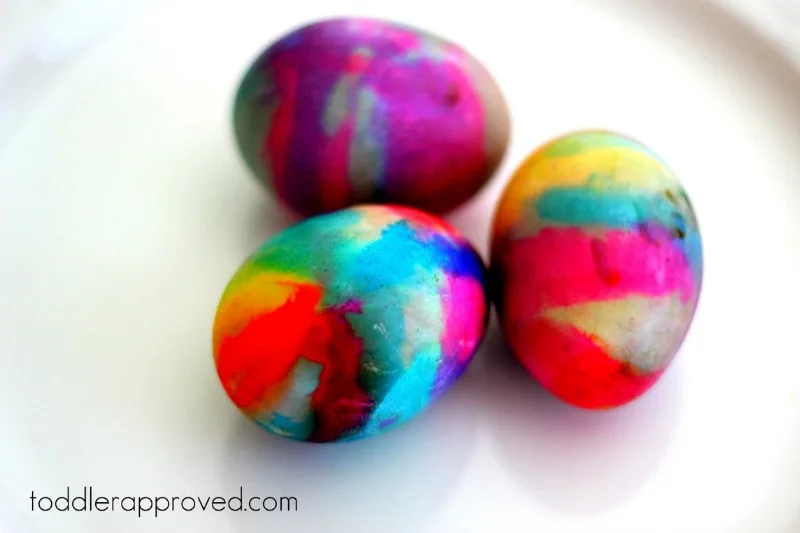Dye Eggs Recipe: Create Beautifully Colored Easter Eggs with These Easy Techniques
Guide or Summary:Choosing the Right Eggs for Your Dye Eggs RecipeGathering Your SuppliesMaking Your Dye: A Step-by-Step GuideColoring Your Eggs: Techniques……
Guide or Summary:
- Choosing the Right Eggs for Your Dye Eggs Recipe
- Gathering Your Supplies
- Making Your Dye: A Step-by-Step Guide
- Coloring Your Eggs: Techniques to Try
- Finishing Touches and Displaying Your Masterpieces
When it comes to celebrating Easter, one of the most delightful traditions is dyeing eggs. The process of coloring eggs can be a fun and creative activity for families and friends, allowing everyone to express their artistic side. In this guide, we will explore a variety of techniques and recipes to help you achieve stunning results with your dye eggs recipe. Whether you’re a beginner or a seasoned pro, you’ll find tips and tricks to make your egg dyeing experience enjoyable and successful.
Choosing the Right Eggs for Your Dye Eggs Recipe
Before diving into the dyeing process, it’s essential to select the right eggs. You can use either white or brown eggs, but white eggs typically yield brighter colors. Make sure to use fresh eggs, as they will hold up better during the dyeing process. If you’re looking for a more eco-friendly option, consider using hard-boiled eggs made from pasture-raised chickens.
Gathering Your Supplies
To get started with your dye eggs recipe, you’ll need a few basic supplies:
1. **Hard-Boiled Eggs**: Prepare your eggs by boiling them for about 10-12 minutes and letting them cool completely.
2. **Dyeing Solutions**: You can use store-bought dye kits or create your own using natural ingredients like beet juice, turmeric, or spinach.
3. **Containers**: Have small bowls or cups ready for each dye color.
4. **Spoons and Tongs**: These will help you handle the eggs without staining your fingers.
5. **Paper Towels**: For drying the eggs after dyeing.

6. **Rubber Bands or Wax Crayons**: For creating designs on your eggs.
Making Your Dye: A Step-by-Step Guide
If you choose to make your own dye, here’s a simple recipe to follow:
1. **Natural Dye from Vegetables**:
- For yellow, boil 1 cup of chopped turmeric in 4 cups of water.
- For red, simmer 1 cup of chopped beets in 4 cups of water.
- For green, use 1 cup of spinach boiled in 4 cups of water.

- Strain the liquid and add 1 tablespoon of vinegar to help set the color.
2. **Store-Bought Dye Kits**:
- Follow the instructions on the package, usually involving mixing dye tablets with water and vinegar.
Coloring Your Eggs: Techniques to Try
Now that you have your dye ready, it’s time to start coloring your eggs! Here are a few techniques to enhance your dye eggs recipe:
1. **Dip Dyeing**: Simply immerse your hard-boiled eggs in the dye solution for a few minutes until you achieve the desired color. For a gradient effect, dip the egg partially in the dye.
2. **Wax Resist**: Use a wax crayon to draw designs on your eggs before dyeing. The wax will resist the dye, leaving the designs in their original color.

3. **Rubber Band Patterns**: Wrap rubber bands around the eggs before dyeing to create unique patterns. The areas covered by the bands will remain uncolored.
4. **Sponge Painting**: Use a sponge to apply different colors of dye to your eggs for a textured look.
Finishing Touches and Displaying Your Masterpieces
Once your eggs are dyed and dried, you can add a glossy finish by applying a thin layer of vegetable oil with a paper towel. This will give your eggs a beautiful shine.
Finally, display your colorful creations in an egg carton or a decorative bowl. You can also use them as part of your Easter decorations, adding charm to your holiday festivities.
Dyeing eggs is a cherished tradition that brings joy and creativity to the Easter celebration. With this comprehensive dye eggs recipe, you can create beautiful, vibrant eggs that are sure to impress your family and friends. So gather your supplies, unleash your creativity, and enjoy the fun of dyeing eggs this Easter!